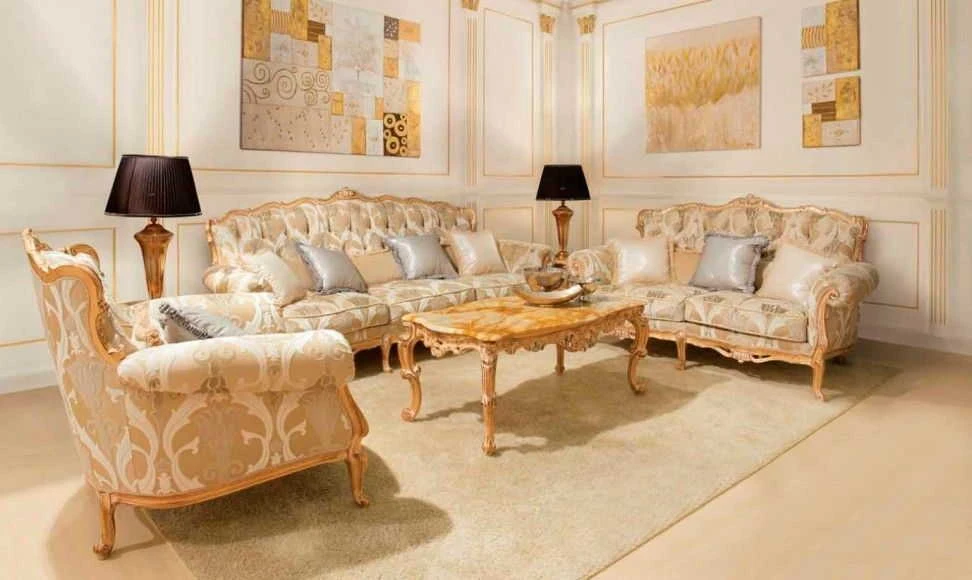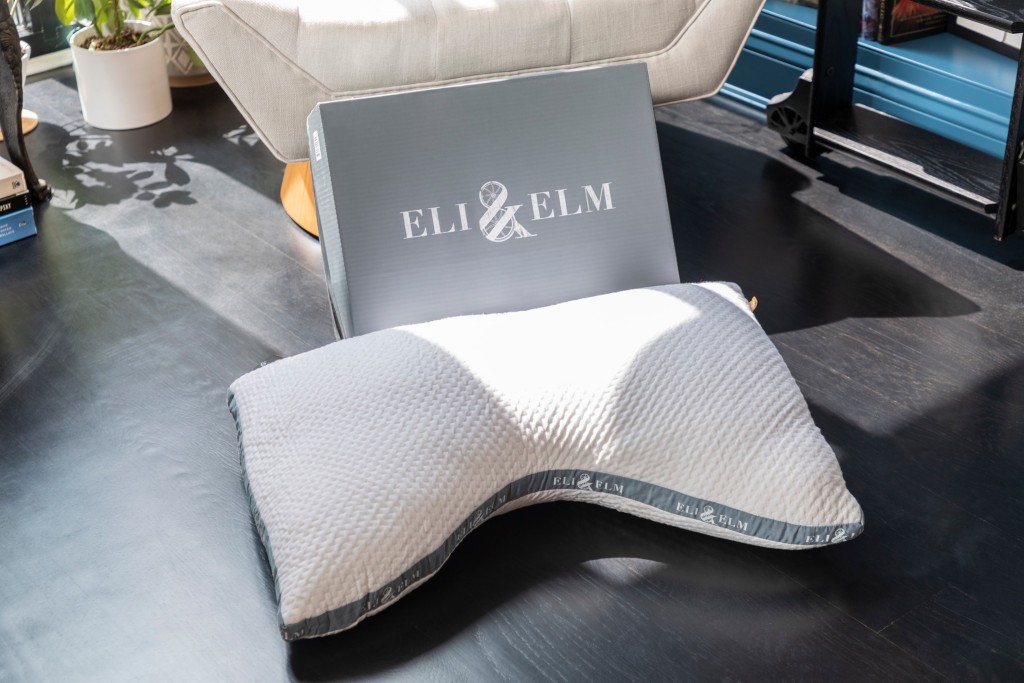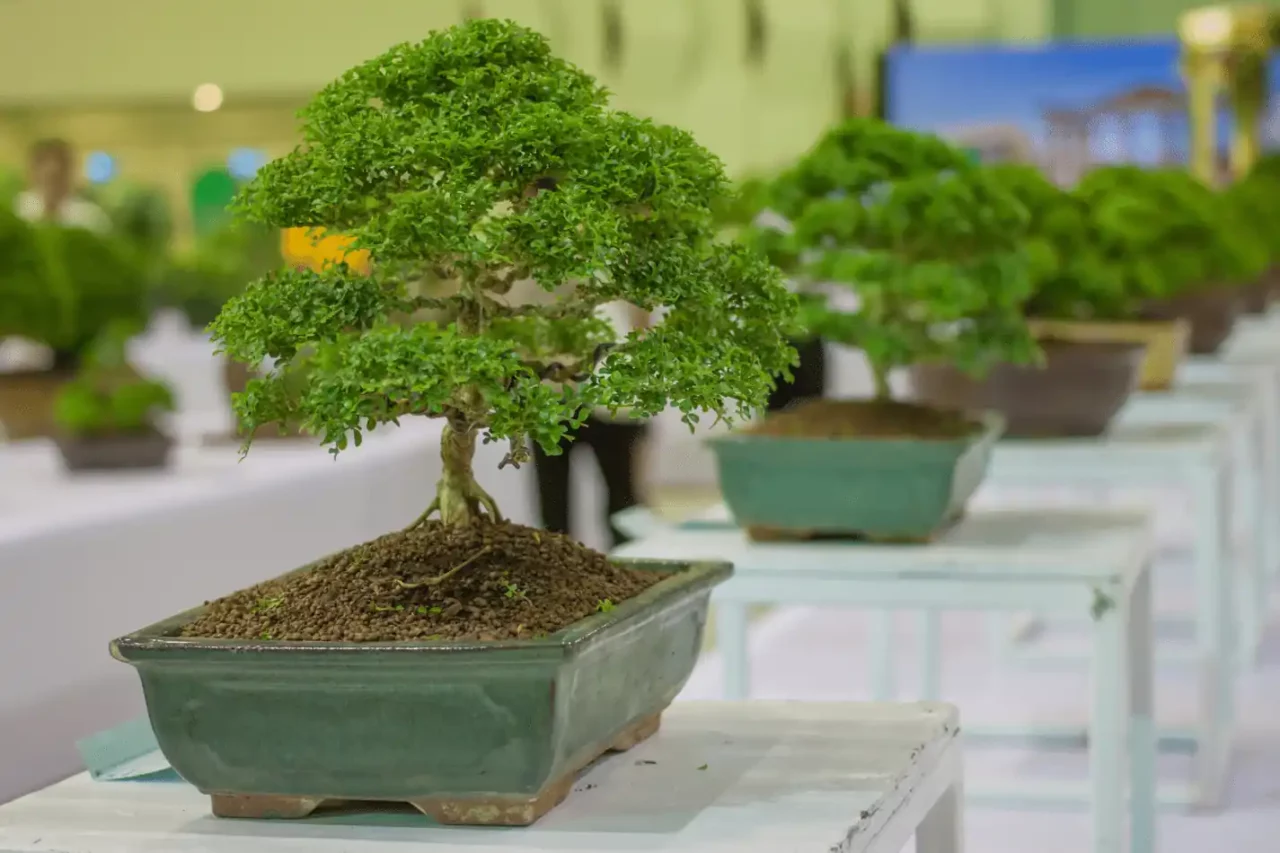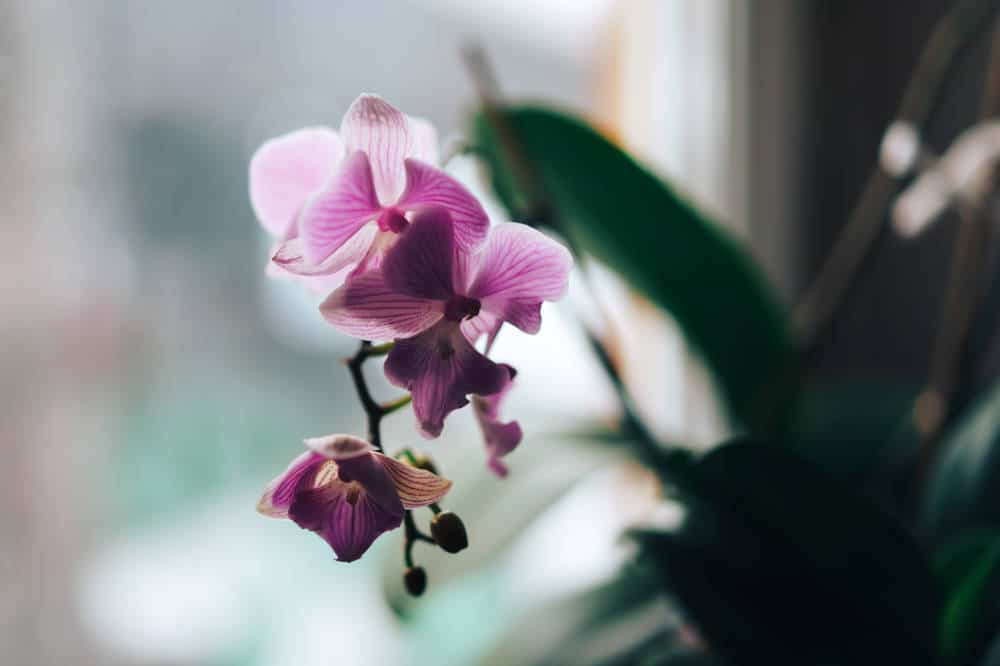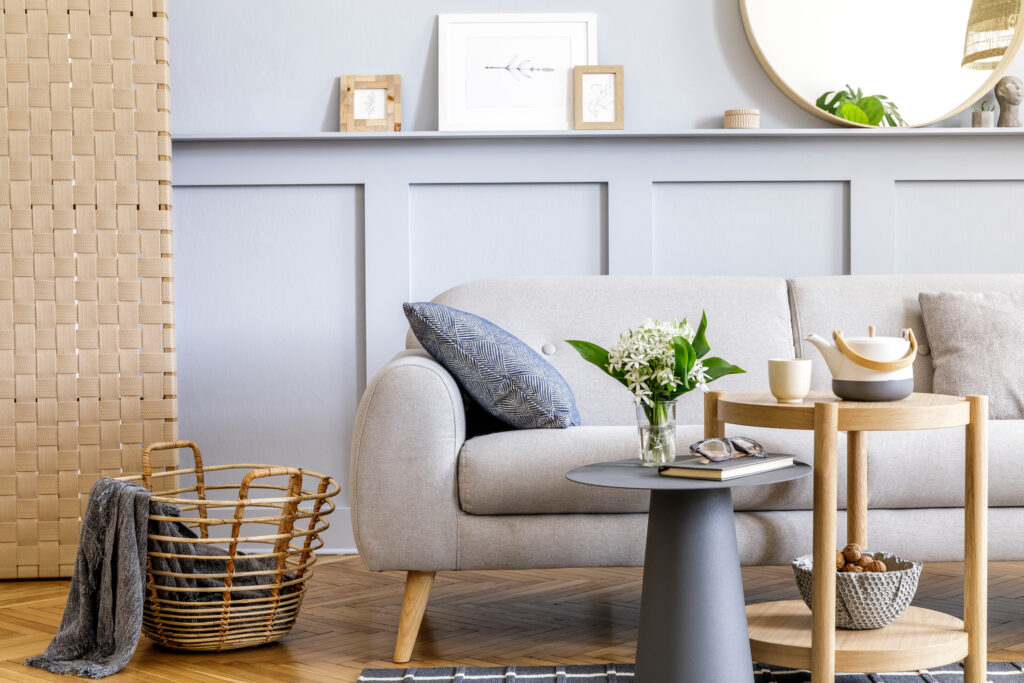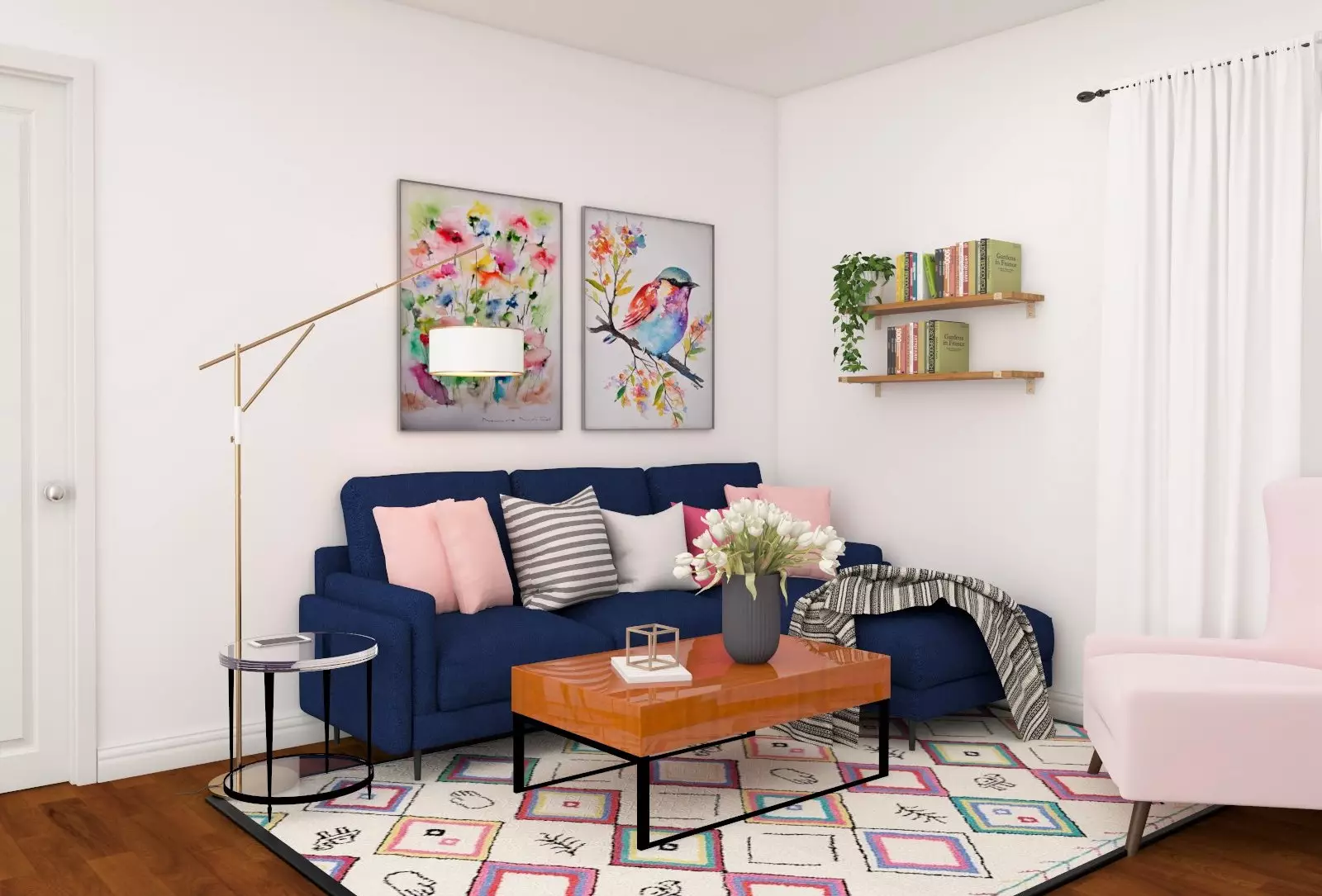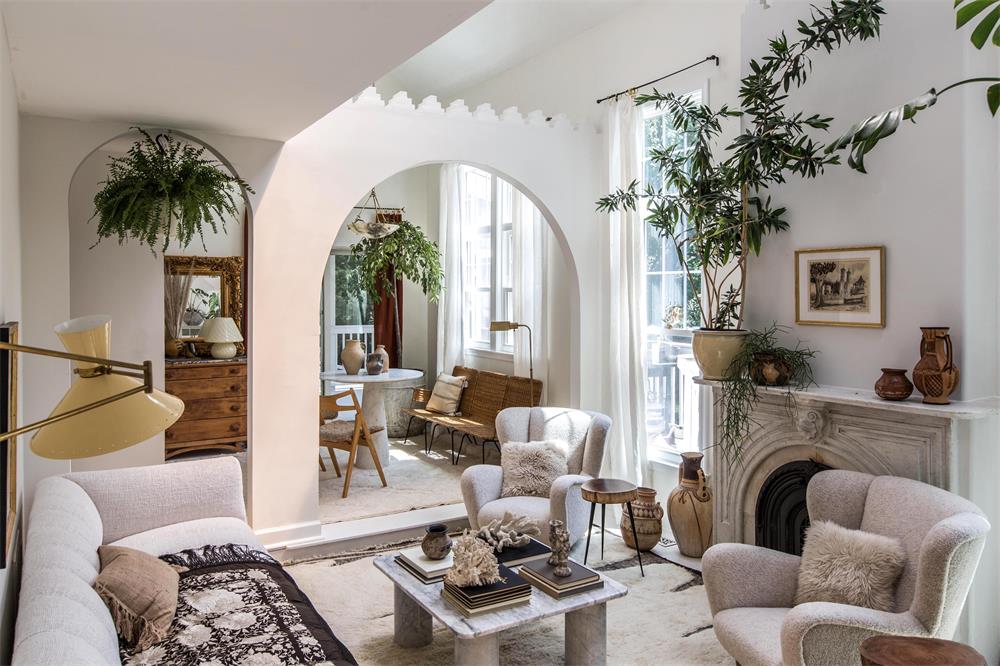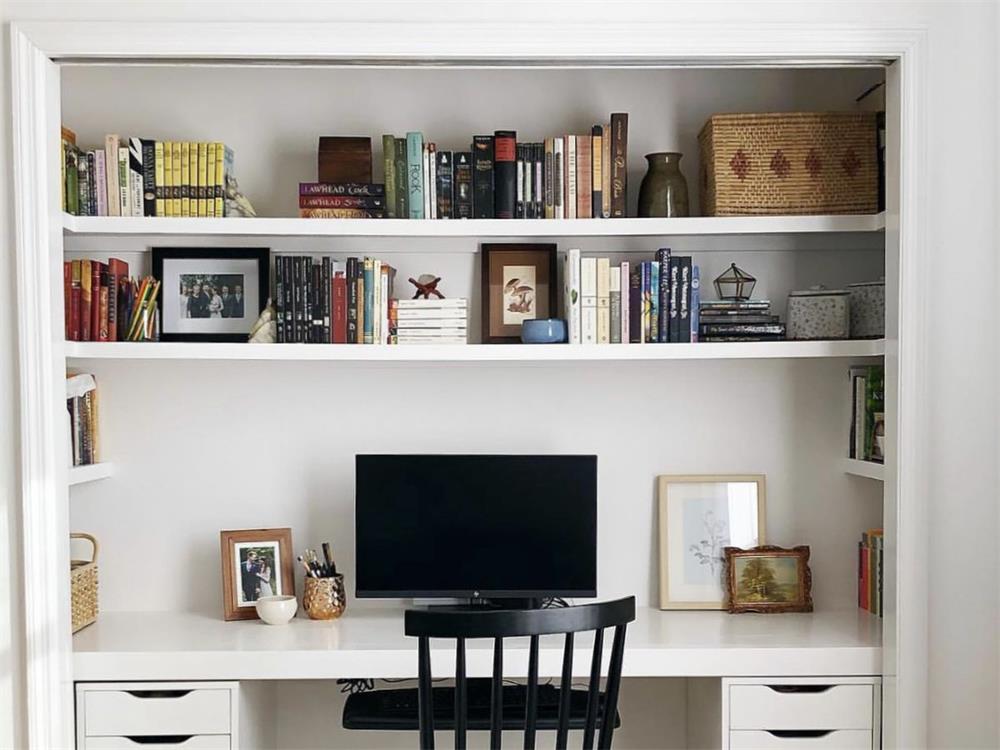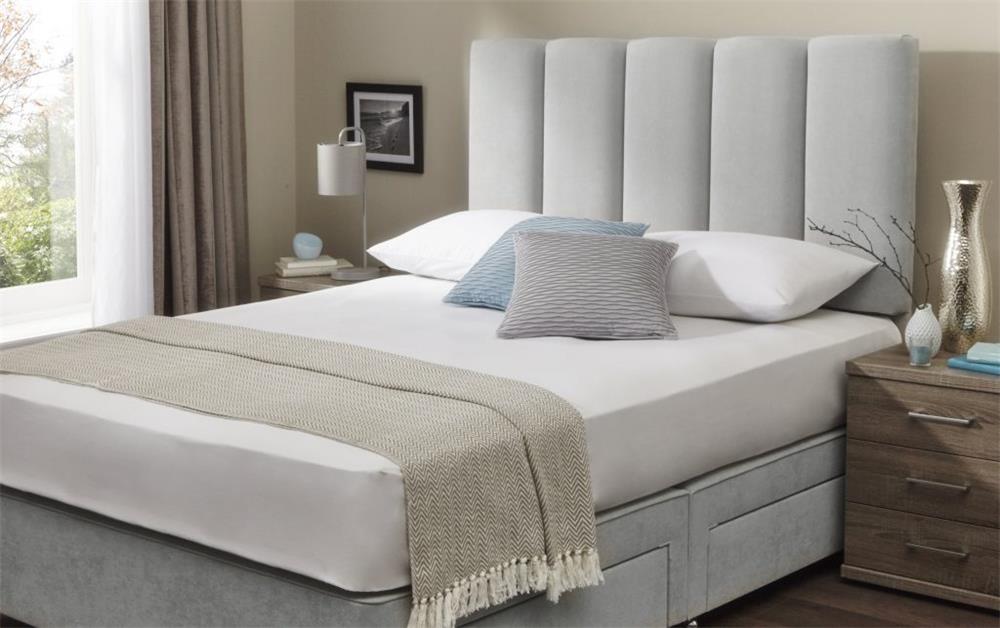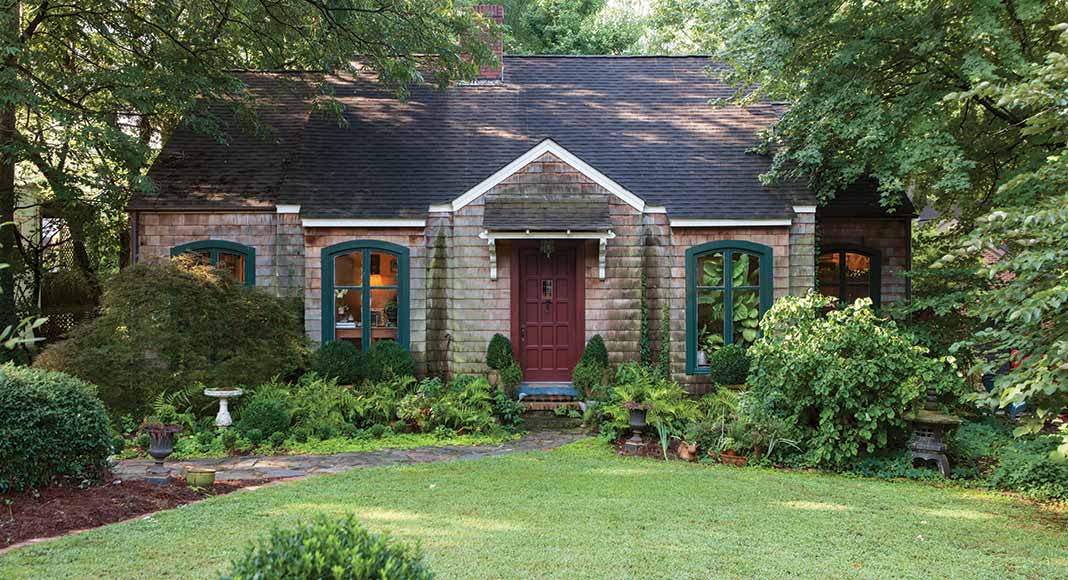Baroque-style design is a type of interior decoration that emerged in the 17th and 18th centuries in Italy and France. It is characterized by its extravagant, elaborate, and dramatic features that aim to create a sensory and emotional impact on the viewer.
Contents
The History of Baroque-Style Design
The word “baroque” comes from either the Italian word “barocco”, meaning an obstacle in logic, or the Portuguese word “barroco”, meaning an irregular pearl. Both terms suggest something irregular, complex, or distorted.
Baroque-style design was part of a larger artistic movement that included architecture, art, furniture, and objects. It was influenced by the Catholic Church’s desire to assert its power and dominance through impressive and ornate buildings, such as churches and cathedrals. It was also a way for monarchs, such as Louis XIV of France, to showcase their wealth and authority through lavish palaces, such as Versailles.
Baroque-style design reached its peak in the 18th century with Rococo, a variation that was more playful, whimsical, and delicate than the original Baroque. Rococo was popular in Paris among the aristocracy and artists who wanted to rebel against the rigid rules of French Classicism.
Baroque-style design fell out of favor in the mid 18th century, as new styles such as Neoclassicism and Romanticism emerged. However, it was revived in the 19th century by some artists and architects who appreciated its artistic value. In the 20th century, some interior designers, such as Dorothy Draper, created a modern version of Baroque-style design that incorporated bright colors, bold patterns, and glamorous details. This style became known as Hollywood Regency or Modern Baroque.
The Characteristics of Baroque-Style Design
Baroque-style design is not easy to define, as it varies depending on the region, period, and individual taste. However, some common elements that can be found in most Baroque-style interiors are:
- Grandeur: Baroque-style design is meant to impress and awe the viewer with its scale, richness, and splendor. It often features large spaces, high ceilings, monumental furniture, and oversized objects.
- Sensuousness: Baroque-style design is meant to appeal to the senses with its use of textures, colors, lights, and sounds. It often features soft fabrics, such as velvet and silk; warm colors, such as gold and red; sparkling materials, such as crystal and metal; and musical instruments, such as organs and harpsichords.
- Drama: Baroque-style design is meant to create a sense of movement, tension, and emotion with its use of contrasts, curves, and asymmetry. It often features dramatic effects, such as theatrical lighting, illusionistic paintings, sculptural reliefs, and hidden mechanisms.
- Vitality: Baroque-style design is meant to convey a sense of life, energy, and dynamism with its use of organic shapes, natural motifs, and human figures. It often features curved lines, spirals, scrolls, shells, flowers, fruits, animals, angels, and saints.
- Integration: Baroque-style design is meant to blur the boundaries between different arts and media with its use of mixed materials, techniques, and styles. It often features combinations of painting, sculpture,
architecture; woodwork; metalwork; glasswork; stucco; fresco; etc.
Examples of Baroque-Style Design
Some of the most famous examples of Baroque-style design are:
- The Hall of Mirrors at the Palace of Versailles in France: This is a long gallery that features 17 large mirrors on one wall and 17 large windows on the opposite wall that reflect each other. The ceiling is decorated with paintings that depict the achievements of Louis XIV. The walls are adorned with gilded sculptures and candelabras. The floor is made of marble tiles arranged in geometric patterns.
- The St. Peter’s Basilica in Vatican City: This is a massive church that features a dome designed by Michelangelo and a facade designed by Bernini. The interior is decorated with marble columns,
pilasters; statues; mosaics; paintings; etc. The altar is surrounded by a bronze canopy supported by four twisted columns. The nave is flanked by chapels that contain relics and artworks. - The Guarini Chapel at the Church of San Lorenzo in Turin: This is a small chapel that features an oval dome with eight ribs that converge at a lantern. The dome is covered with glass tiles that create a starry effect. The walls are decorated with marble panels that depict scenes from the life of Christ. The altar is made of silver and contains a relic of the Holy Shroud.
Baroque-Style Furniture
Baroque-style furniture is a type of furniture that reflects the characteristics of Baroque-style design. It is usually made of wood, such as oak, walnut, or ebony, and often features carved, painted, or gilded decoration. Some of the common elements of Baroque-style furniture are:
- Twisted columns: These are columns that have a spiral shape and are often used to support cabinets, cupboards, or wardrobes. They add a sense of movement and dynamism to the furniture.
- Broken pediments: These are triangular shapes that are split in the middle and are often placed above doors or drawers. They add a sense of drama and contrast to the furniture.
- Heavy moldings: These are decorative strips that frame the edges or surfaces of the furniture. They add a sense of richness and grandeur to the furniture.
- Sculpted wood: These are wood pieces that are carved into various shapes, such as scrolls, shells, flowers, fruits, animals, or human figures. They add a sense of vitality and sensuousness to the furniture.
- Inlaid materials: These are materials that are inserted into the surface of the furniture, such as marble, pietra dura, metal, or glass. They add a sense of color and sparkle to the furniture.
- Upholstered fabrics: These are fabrics that cover the seats and backs of chairs and stools, such as velvet, silk, or leather. They add a sense of softness and comfort to the furniture.
Some examples of Baroque-style furniture are:
- The Louis XIV armchair: This is a chair that features a high back, curved arms, and cabriole legs. The back and seat are upholstered with velvet or leather that is held in place by nails. The wood frame is carved with acanthus leaves and gilded with gold.
- The Bombe chest: This is a chest that features a curved front and sides that bulge outward. The drawers are decorated with bronze handles and escutcheons. The wood surface is veneered with walnut or lacquered with oriental motifs.
- The Console table: This is a table that features a rectangular top supported by two or four legs that are often shaped like animals or human figures. The top is made of marble or pietra dura that is inlaid with geometric or floral patterns. The wood frame is carved with scrolls and gilded with gold.

